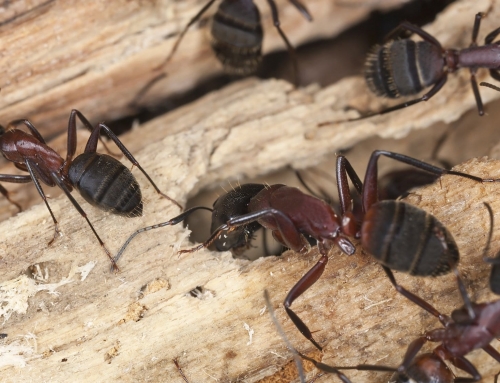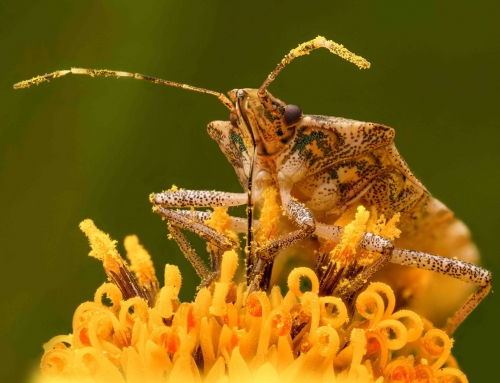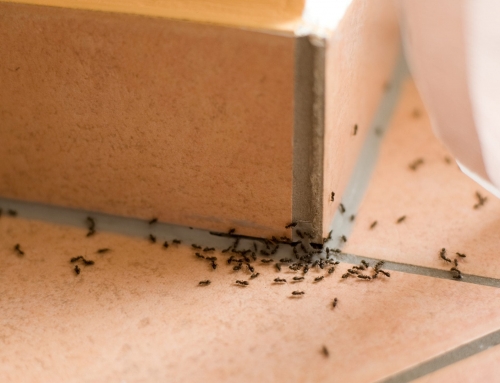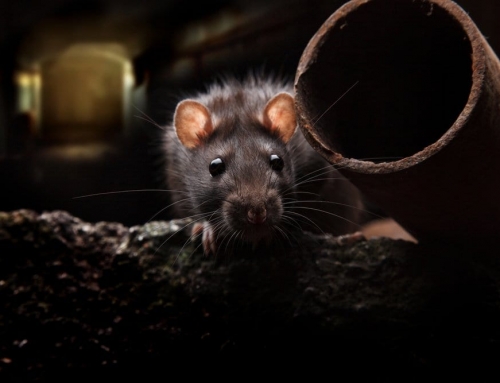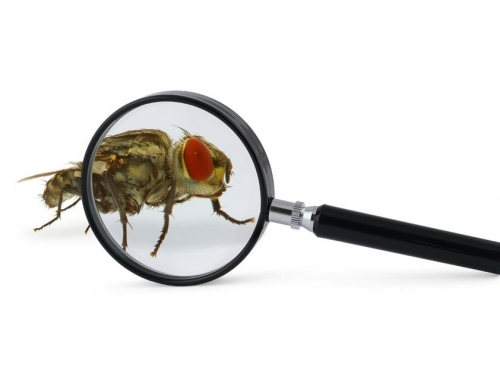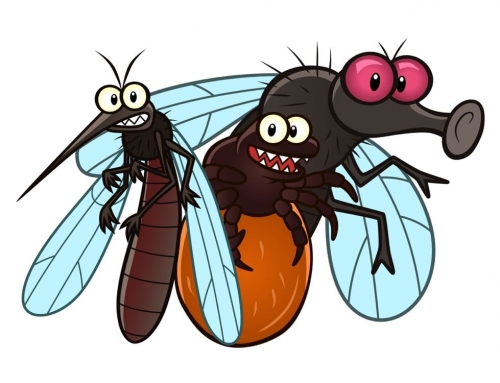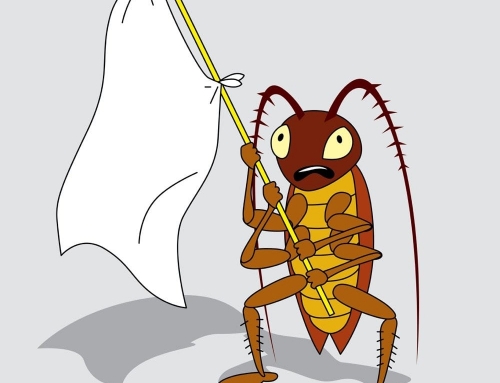Just like Arnold, they’re back – the odorous house ant, the seasonal offender. Odorous house ants are the pests that put you to the test. They’re tenacious, resilient, rapacious, and they multiply easily and often. In other words, a one-time pest control treatment isn’t going to cut it. You need to call in the professionals, who have the experience, tactics, and equipment to ensure your home is 100% ant-free.
THE PROBLEM
First, you’ve got to identify the culprit. One technique for figuring out if the ants you see crawling around your home are odorous house ants is to crush one between your fingers and give it a smell. If you smell something resembling rotten coconut, you’ve identified an odorous house ant. These ants do not spread disease but they are problematic for a number of reasons. They can have colonies with as many as 10,000 ants and have several queens, which allows them to procreate and spread fast. Indoors, odorous house ants nest near moisture sources, such as in wall voids near hot water pipers, in heaters, beneath leaky fixtures and inside wood damaged by termites. Outside, they are often found in exposed soil or under stacks of firewood. These tiny brown ants range in size from one-sixteenth of an inch to one-eighth of an inch long. They feed on both dead and living insects, and are fond of sweets. They travel in both wandering patterns and set trails commonly along branches of trees, foundations, sidewalks, baseboards, and edges of carpets.
PREVENTATIVE MEASURES
Odorous ants are attracted to moisture, so eliminate standing water around your home. Keep tree branches cut back from the house, remove firewood from the side of the house, and seal as many visible cracks in the foundation and exterior walls as you can find. If needed, use duct tape or petroleum jelly to temporarily seal cracks, because ants will not cross sticky barriers. Inside your home, keep food in glass jars or sealed containers. Keep countertops clear and wipe them often. Empty and rinse bowls, including pet bowls, and empty your garbage containers on a regular basis. Vacuum and/or sweep often to clear up food leftovers or debris throughout the home.
THE DANGERS OF DO-IT-YOURSELF
There are various do-it-yourself pest control products for ants on the market, but these are only partially effective (if at all). Bait traps need to be administered properly, and the right bait traps used to catch the right pests. So-called repellents don’t work on odorous house ants. Granted, you might repel them back 50 feet or so, but they’re very resilient insects and will merely find a new route into your home. In addition, there’s also the danger of the ants building a tolerance to the repellents or toxins, which, when the time comes to finally call in the pest control professionals, actually makes their job harder to get rid of the ant infestation once and for all. Ant control is especially challenging when it comes to dealing with odorous house ants. So, when in doubt, there really is no doubt about what you should do, and that’s call in the professionals.
Ants are talented, industrious little creatures, and you can admire them for that. But you don’t want them in your house. Once that happens, there’s only one thing you want to do – squish ’em, squish ’em good. At BugMaster, eliminating pests is our specialty. We deal with a wide variety of crawling insects, with odorous house ants being a repeat serial offender in the Okanagan. We provide a free assessment and advice on a variety of ant control options – all of which are 100% safe and effective.


